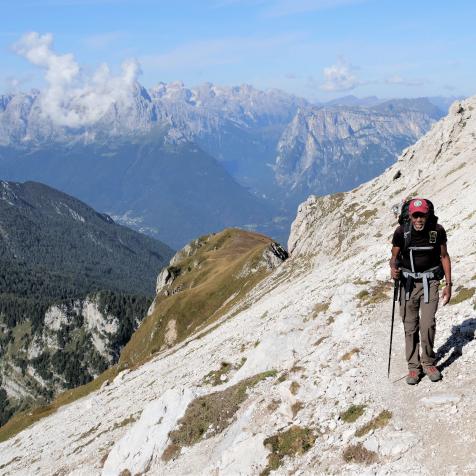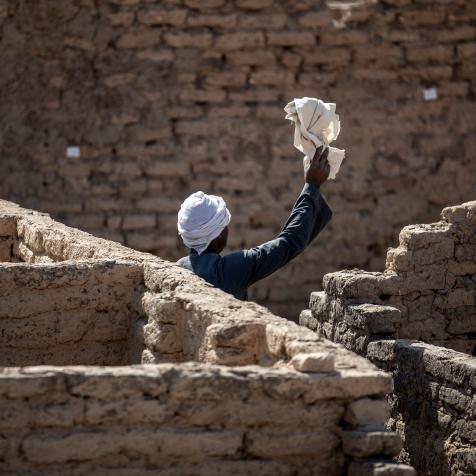
The Mima Mounds in Washington Are a Phenomenon Unexplained by Science
There's a strange sight called the Mima Mounds that stretches for hundreds of miles. But nobody knows what caused them. Learn more about this mysterious place in Washington.
20 miles south of Olympia, Washington, there's a strange sight: The ground is punctuated by hundreds of grass-covered mounds stretching over several hundred acres. These are known as the Mima Mounds, and after decades of research, nobody knows what caused them. Although scientists and explorers believed they'd solved the puzzle of this mysterious land formation at various times, virtually every one turned out to be wrong. You still have a chance to be the hero. Determine how these mimas came to be all in one place and you'll go down in the history books.

Nature's Impact
More than two million years ago, massive ice sheets covered the land that is now Washington. According to the Department of Natural Resources (DNR), the soil of the Mima Mounds developed sometime after these ice-age glaciers started to retreat, 16,500 years ago. As the ice melted, it gathered up massive loads of gravel and rock along the way. That accumulation of melted ice and stone spread over Western Washington, creating the unusual black, gravelly soil that eventually formed the mounds. Scientists might understand how the soil was formed, but they're just as puzzled about the origin of the mounds as explorers centuries ago.
Native American Influence
Captain Charlies Wilkes, an explorer in the Northwest, stumbled on these round elevations in about 1841. Because of their size — each measured around 6 feet (2 meters) tall and 30 feet (9 meters) wide — he speculated they held deceased members of local tribes. To find out, he dug into a few. He didn't find any trace of humans: just rocks and soil.
The folktale told by the Upper Chehalis Tribe is more mythical: Thrush, a tribal member, refused to bathe or cleanse her face for fear something bad would happen to the Earth. After much harassment from her people, she gave in and washed her face. It rained so hard the world flooded. When the water receded, the prairie land below took on the shape of waves.

Excavating Pocket Gophers
In 1942, Walter Dalquest, a professor at the University of Washington, and Victor Scheffer, a biologist, unequivocally stated in the "Journal of Geology" that pocket gophers created the Mima Mounds. Others have agreed, and some say the mystery has been solved. Scientists are still pursuing the pocket gopher hypothesis, but nobody has conclusively proven that they're the culprits behind the Mima Mounds. Which came first: the gophers or the mounds? Nobody knows for sure.
Other hypotheses say that they formed via shock waves from earthquakes, ancient floods, or runoff from the glaciers themselves. Some say it may have been the result of the frozen ground cracking into multi-sided shapes at the end of the ice age. That could have allowed ice to wedge into the cracks and leave the soil mounded when it melted.
Today, you can read about some of these speculations on the observation deck at this National Natural Landmark, which was established in 1966. You can also explore the self-guided interpretive trail, where colorful signs describe the geology, prairie ecology, and Native American use of the area. Depending on the season you visit, you might glimpse blooms of shooting stars, chocolate lilies, western buttercups, lupine, and bluebells, and on a clear day, you'll have a magnificent view of both Mount Rainier and Mount St. Helens — a perfect spot to ponder the mystery of the mounds.
This article first appeared on Curiosity.com. Click here to read the original article

















